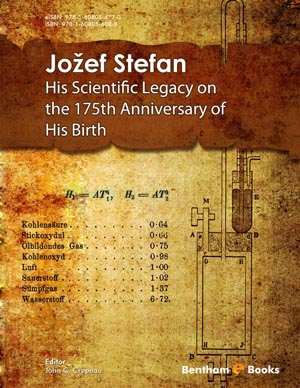Abstract
2001: A Space Odyssey or 2001, as abbreviated by its fans, is the
collaborative effort of British science fiction writer Arthur C. Clarke and American
film auteur Stanley Kubrick. Its plot covers a span of 3-4 million years. The film/book
was developed from a short story Clarke wrote, called The Sentinel, where an alien
artifact is found on the moon. The duo expanded this into a frontier exploring
film/book where humanity, which has managed to build a space station above Earth
and set up a research base on the moon, is now expanding even further out into the
solar system and sending astronauts to Saturn. However, the unearthing of a strange
black monolith buried on the moon has significant consequences for the crew and the
rest of humanity, since it points to the subsequent meeting location where the next leap
of evolution for humanity will occur. Through this plot, the reader is confronted with
the common theme of the minuteness of our species in the face of the majesty of these
sublime architectural structures, the monoliths. Monoliths emphasize the authority of
their existence, the superiority of their creators, and the independence of their existence
from time, evoking the concept of “aura” that Walter Benjamin expresses in his
philosophy of aesthetics and utilizes to describe works of art. 2001 is a novel/film that
perhaps most strikingly depicts the emotion that architects are expected to evoke in
their work.








